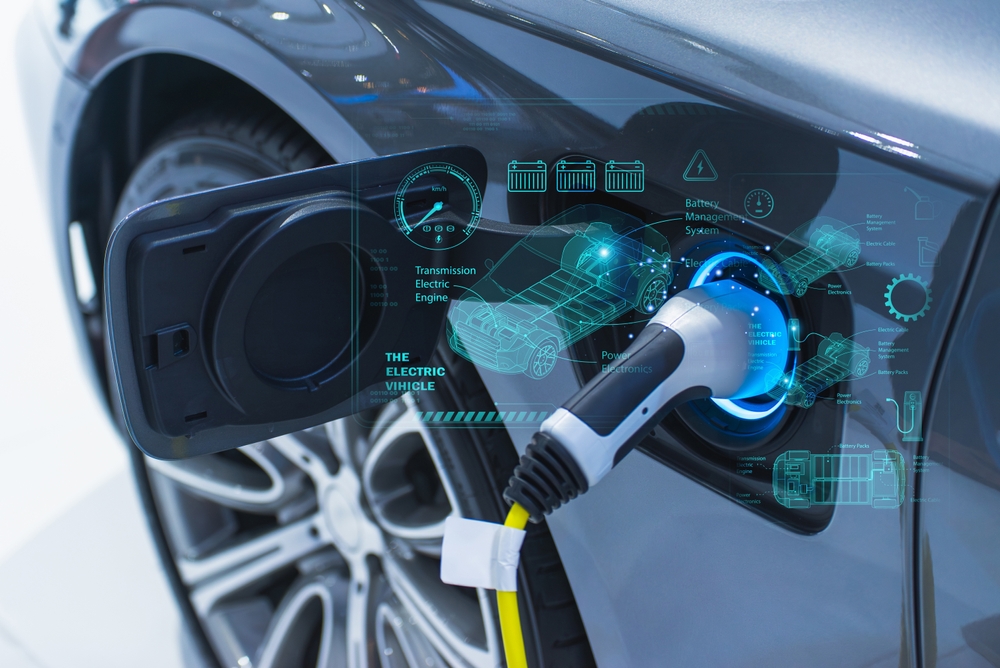Charging your electric vehicle (EV) should be simple, plug in and power up. But sometimes, it takes longer than expected. Why? Several key factors can affect charging speed, and understanding them can help you plan better.
TL;DR – quick summary
➡️ Your car’s charging limit: No matter how powerful the charger is, your EV can only charge at its max capacity.
➡️ Pre-set charging limits: Some EVs let you cap the incoming power or stop charging at a set percentage, check your settings!
➡️ State of charge: Charging slows down after 80% to protect battery health.
➡️ Power-sharing at public stations: If multiple EVs are charging, the power output is shared.
➡️ Battery temperature: Too hot or too cold? Charging speed drops.
➡️ Battery health: Older batteries may not charge as efficiently.
➡️ Sitting in your car while charging: Running AC or heating can slightly reduce charging speed.

1. Maximum charging capacity vs. Maximum power output
Your EV has a built-in charging limit. Even if you plug into a 150 kW charger, your car will only charge as fast as its onboard charger allows.
But wait, have you set a charging limit in your EV settings? Many cars allow you to adjust the maximum incoming charge rate. If you’ve set a lower limit (e.g., 50 kW on a 150 kW charger), it will charge at the lower speed.
Solution: Check your car’s settings and remove any unintended charge limits.
2. Pre-set max charge percentage, is your ev stopping early?
Some EVs allow you to set a max charge percentage (e.g., stopping at 80% to preserve battery health). If charging slows down or stops before you expect, check if you’ve set a limit.
Solution: If you need a full charge, temporarily adjust the setting in your EV’s controls.

3. State of charge (charging slows down after 80%)
Even if no limit is set, charging naturally slows down after 80% to protect battery health. The last 20% takes much longer than the first 80%.
Solution: If you're in a hurry, stop at 80% and continue your trip.
4. Charging simultaneously (power-sharing at public stations)
Many public chargers share power between multiple EVs. If you're at a busy charging station, you might not get the full power output.
Solution: Use a less crowded station or check the charging app for real-time power availability.
5. Battery temperature
EV batteries don’t like extreme temperatures.
• Cold weather: The battery needs to warm up before it can charge efficiently.
• Hot weather: Charging may slow down to prevent overheating.
Solution: If available, use battery preconditioning before fast charging. In winter, drive for a bit before charging to warm up the battery.
6. Battery health
As your EV ages, the battery may not charge as efficiently as when it was new.
Solution: Regular maintenance and avoiding frequent deep discharges (going below 10%) can help extend battery life.
7. Sitting in your car while charging
Using the AC, heater, or other power-consuming features while charging can divert energy and slightly slow the process.
Solution: Turn off high-power features while charging if possible.
Final thoughts
If your EV isn’t charging as fast as expected, check your car’s settings, consider external factors, and adjust accordingly. Understanding these factors can help you plan better and make the most of your charging time.
While battery life and charging time are some of the main concerns of prospective EV drivers, there are many other questions and uncertainties around electric mobility. You can find the answers in our resources which provides a comprehensive introduction to the world of EV charging.







